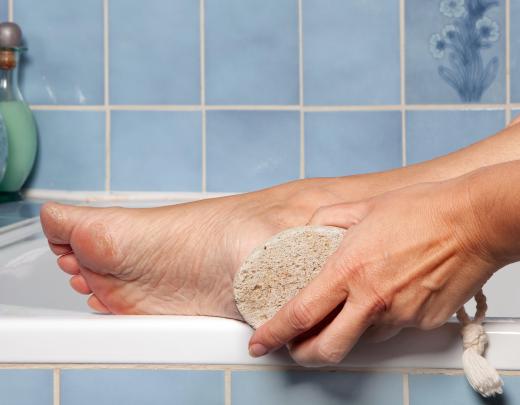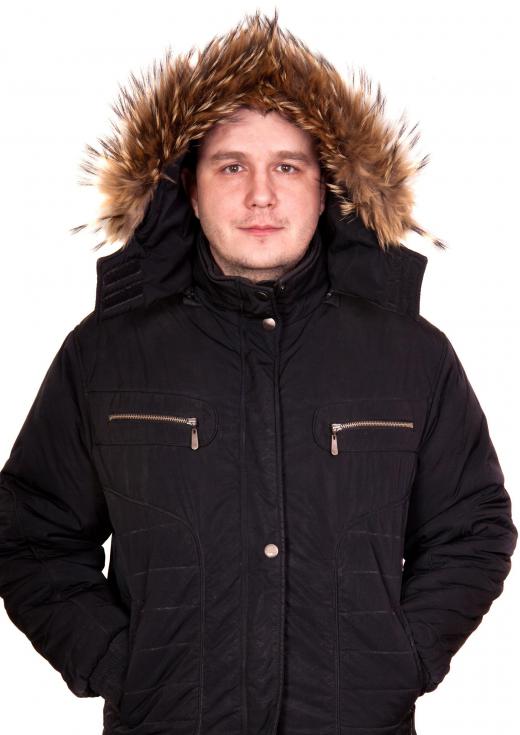Radiation shielding is the use of materials or devices to protect against ionizing radiation. Radiation occurs when energy is emitted from one substance and travels out in straight waves, possibly penetrating another substance. When this energy is absorbed, it can have the effect of exciting or destabilizing atoms. If a certain radiation penetrates an animal, it can have harmful impacts on the body, sometimes causing cancer or deformities. Shielding uses specific types of material, such as a leaded glass pane, a lead apron, or packed dirt, to act as a barrier between the body and the source of radiation.
There are two types of radiation: ionizing and non-ionizing. Ionizing radiation is emitted from a radioactive atom, or an atom that is unstable due to too much mass or energy. When ionizing radiation is absorbed by another atom, it can strip the atom of electrons, causing it to become electrically charged, or ionized. An electron is a tiny particle, smaller than an atom, that carries a negative charge. The types of ionizing radiation, in order of ionizing strength, are alpha, beta, and gamma.

Non-ionizing refers to radiation that does not carry enough energy to strip electrons from atoms, but can excite the electron, making the atom less stable. There are two primary types of non-ionizing radiation: neutron and electromagnetic radiation. Neutron radiation results from an atom’s absorption of a chargeless subatomic particle called a neutron, often resulting in ionization. Electromagnetic radiation refers to self-propagating waves with electric and magnetic properties. This classification includes radiation including light, thermal radiation, X-rays, and gamma waves.

Generally, more powerful energy corresponds with shorter waves, which often require more radiation shielding. Such safeguards typically target ionizing radiation, which can cause cancer and mutations. Though there is less research on the effects of non-ionizing radiation on the tissues of the body, there is evidence of harmful effects resulting from too much exposure to this energy. This is the reason why X-rays are not recommended for pregnant woman and why excessive sunlight may eventually cause skin cancer.

Several materials can be used in to shield against radiation, as the objective is simply to block the waves from penetrating the body. Alpha waves can be blocked with a material as thin as the layer of dead cells on skin. Beta waves require thicker protection, such as a heavy suit. Gamma waves and X-rays need dense shielding, such as a wall of leaded glass, lead aprons, or a thick wall. Fallout shelters, which are designed to protect people from radiation after a nuclear explosion, frequently use packed dirt with positive results.

Radiation shielding is more effective the more thick and dense the barrier is. Even so, it is best for people to avoid lengthy exposures to radiation and to limit the amount of times they are exposed. Individuals should also work at a safe distance from sources of radiation. In situations where a person must have contact with radiation, the acronym ALARP, "as low as reasonably practical," is advised.
